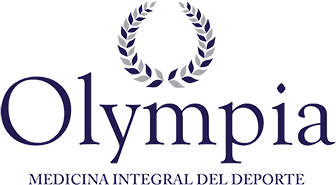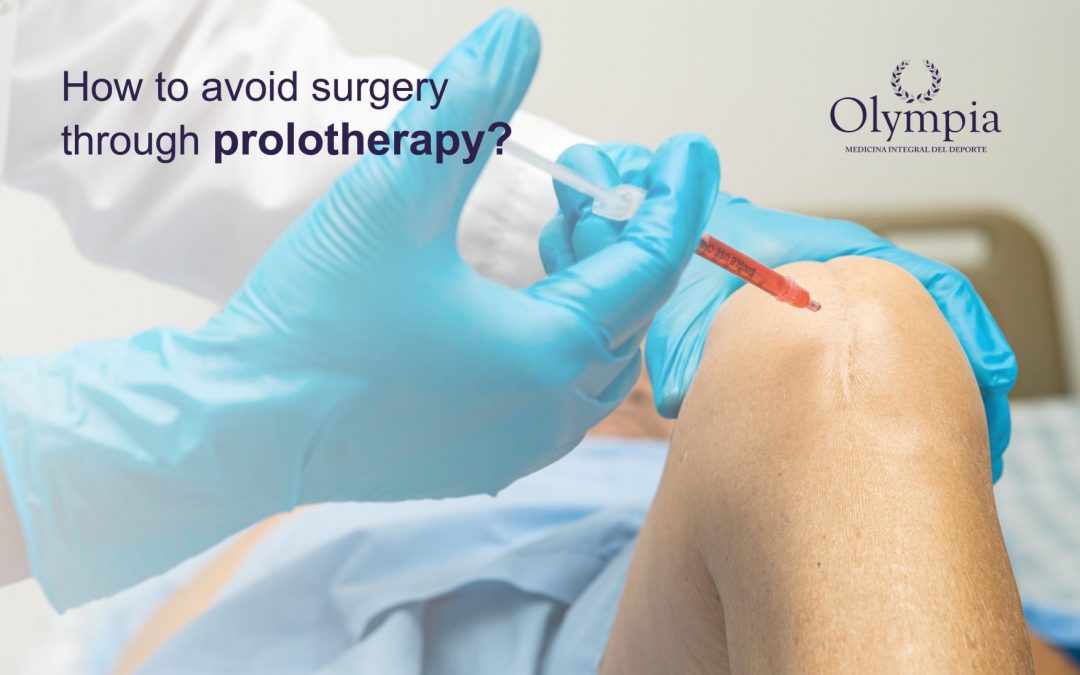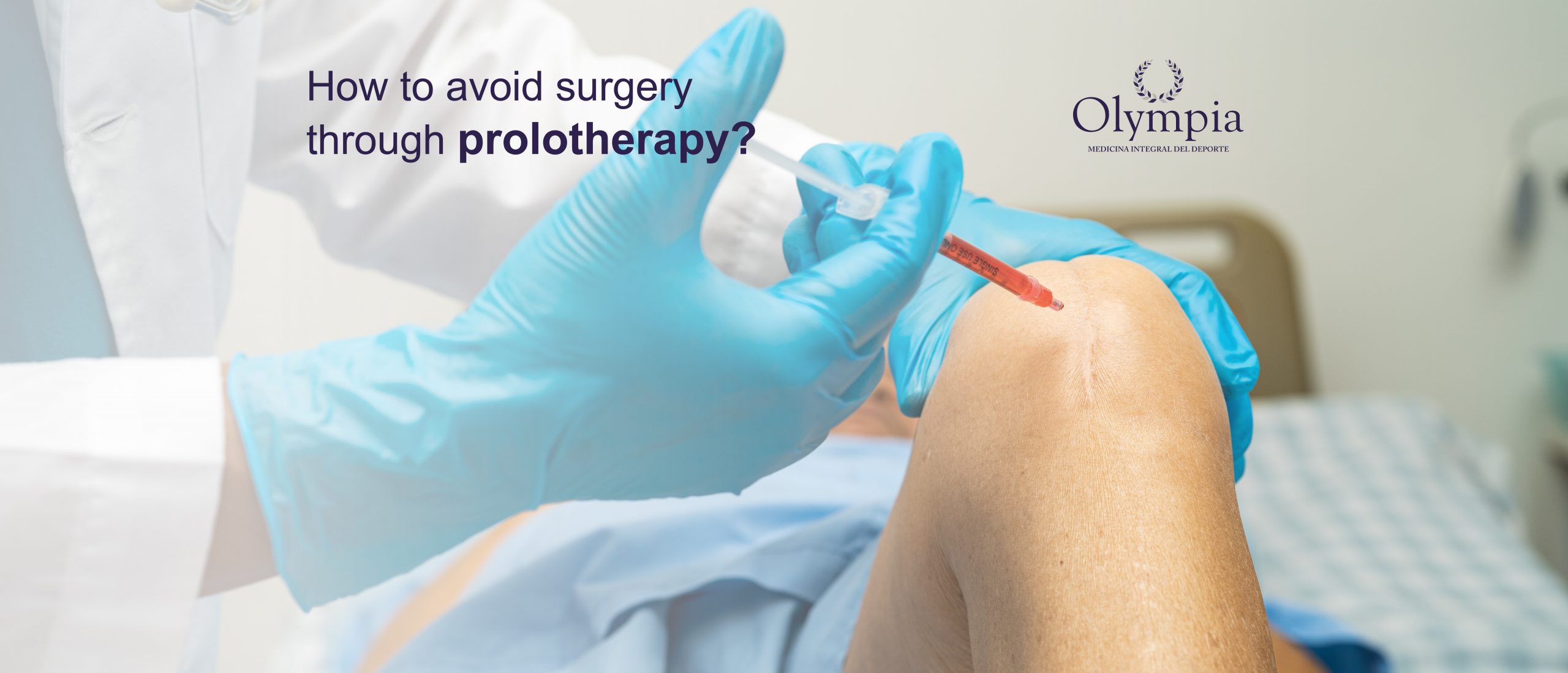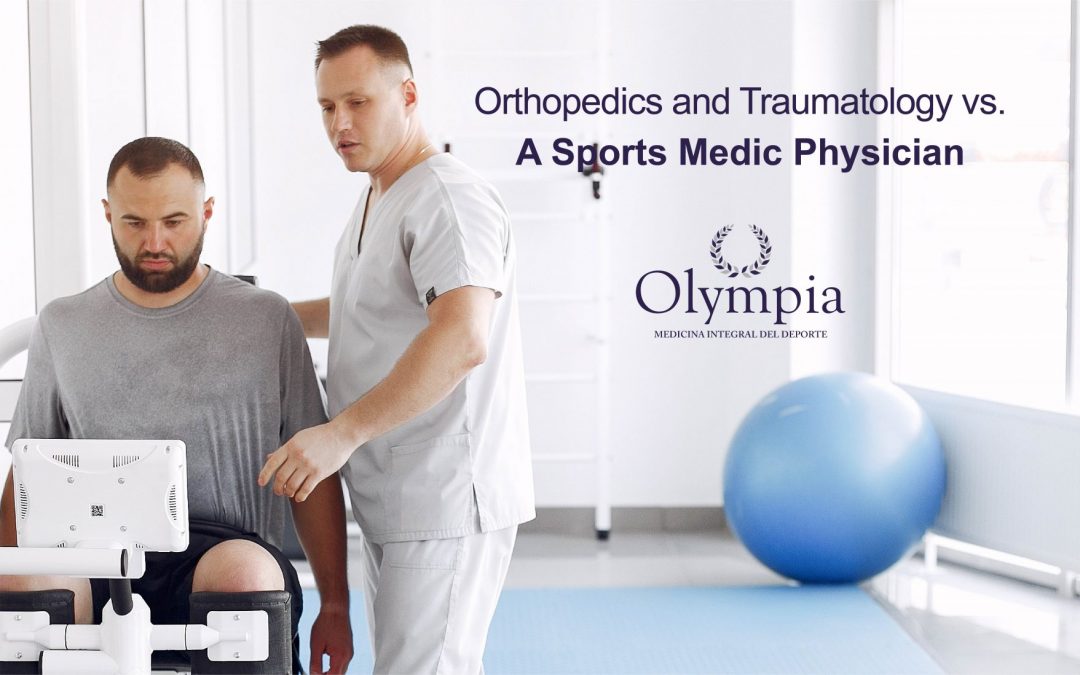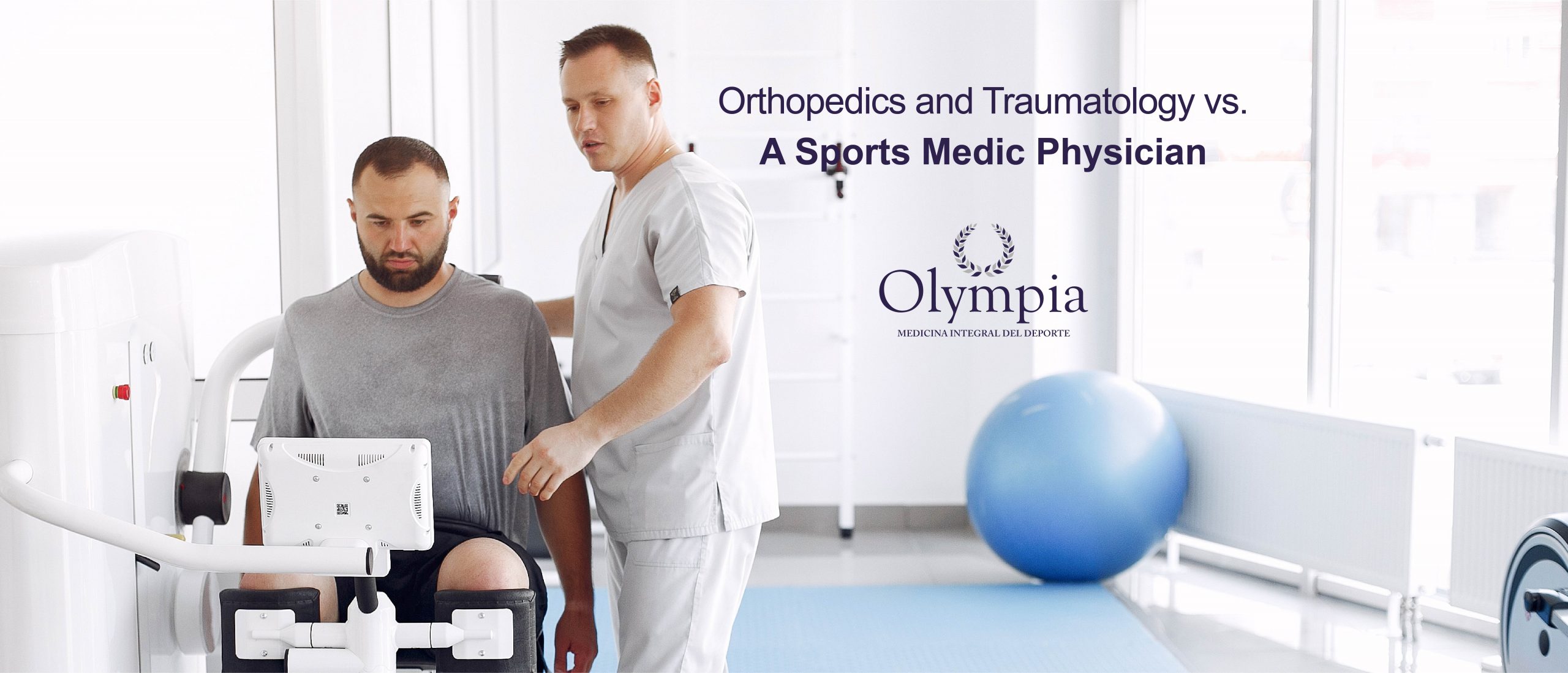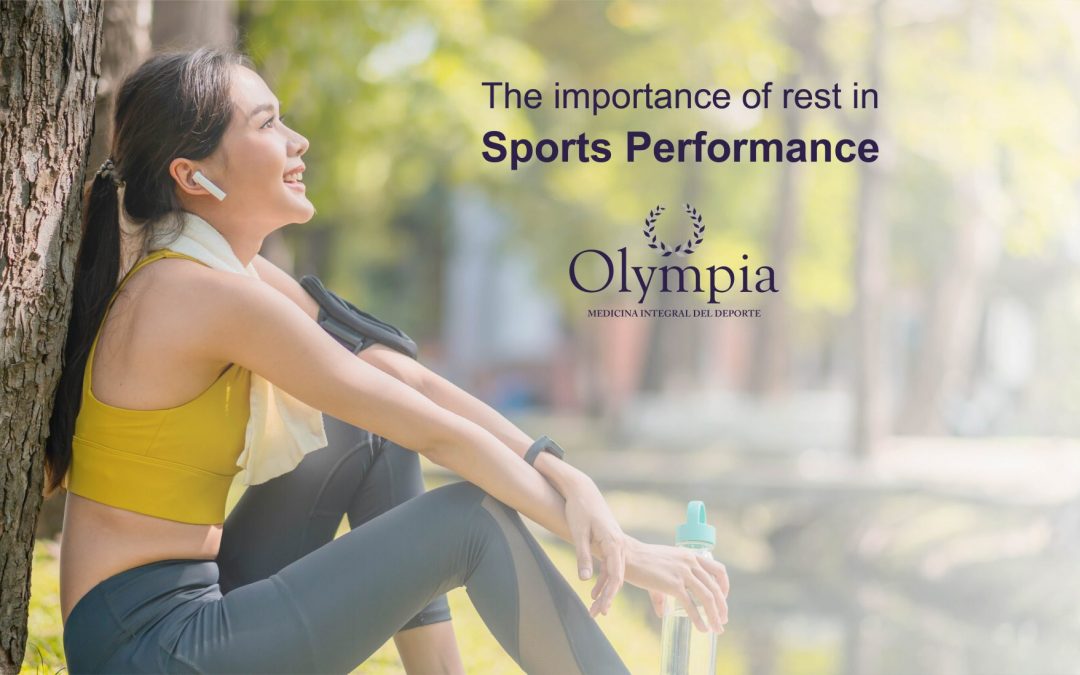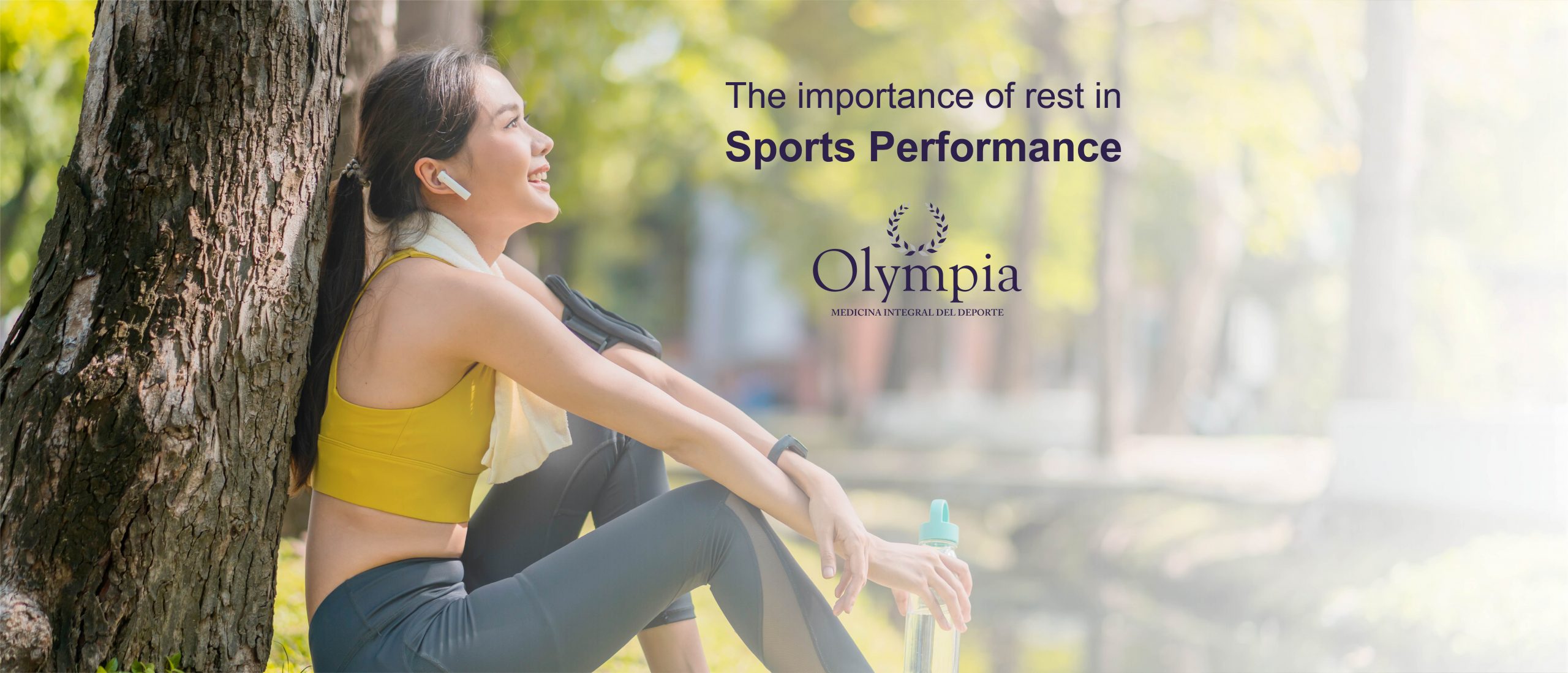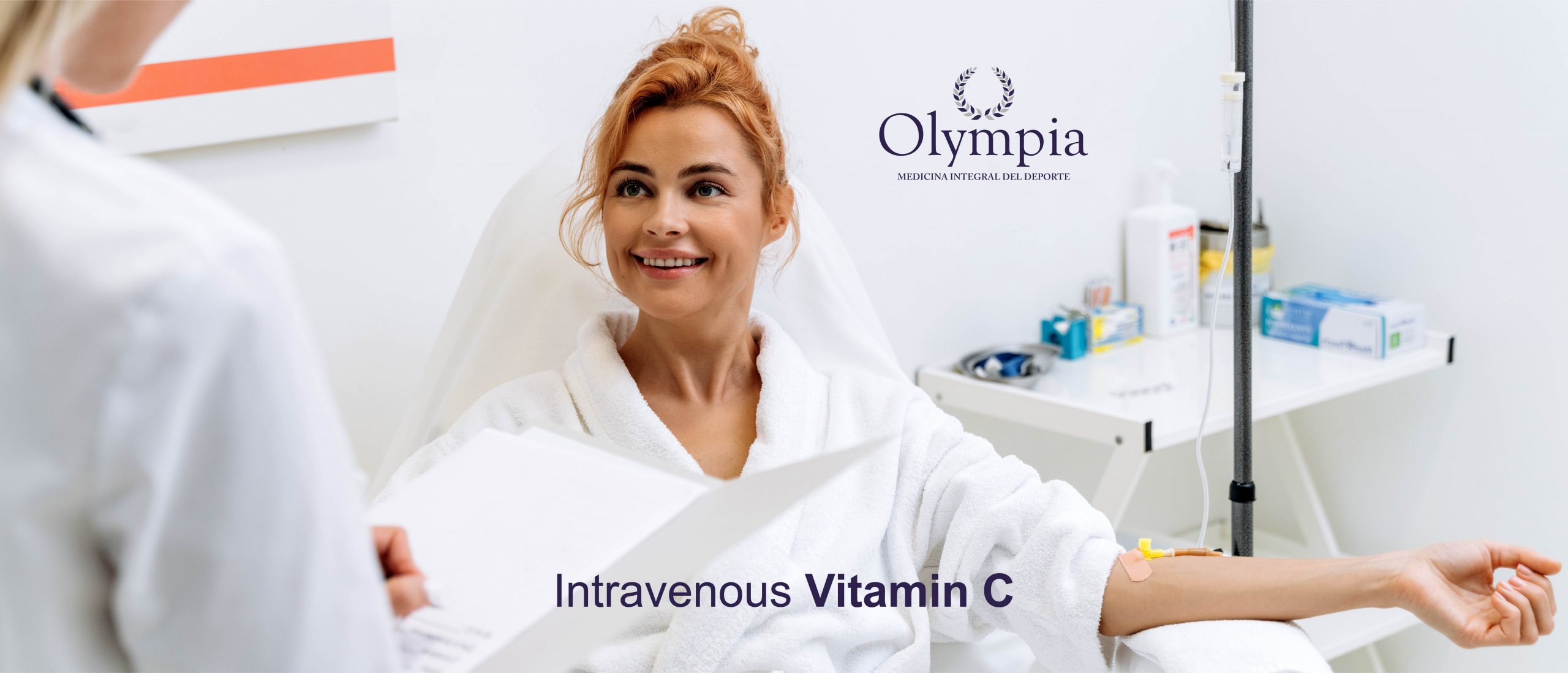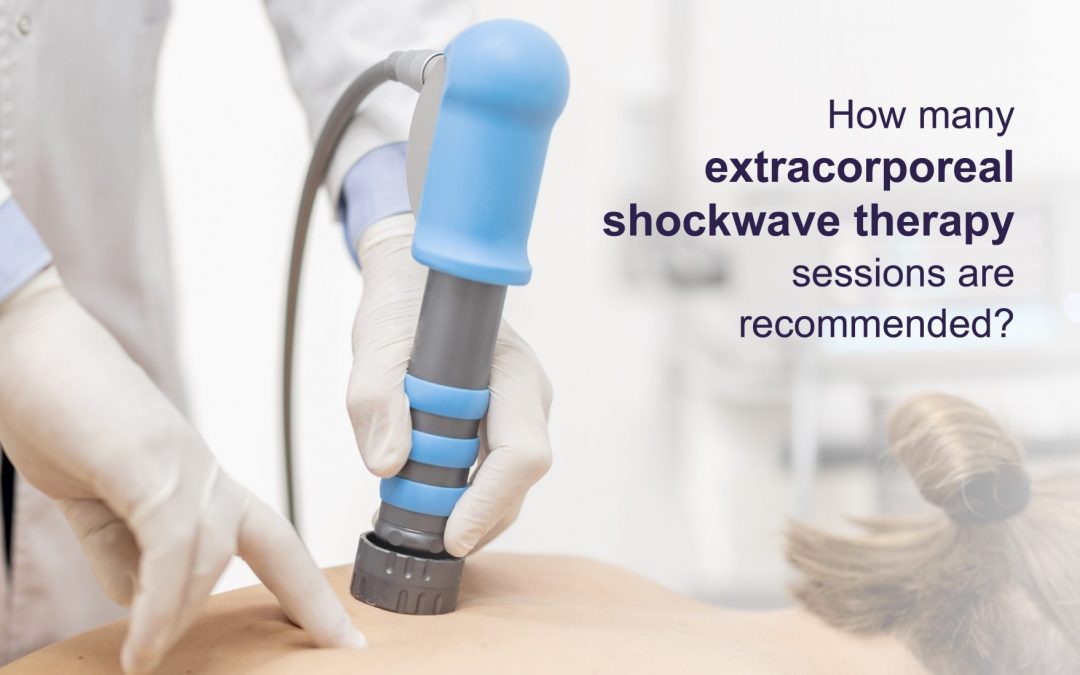
How many extracorporeal shockwave therapy sessions are recommended?
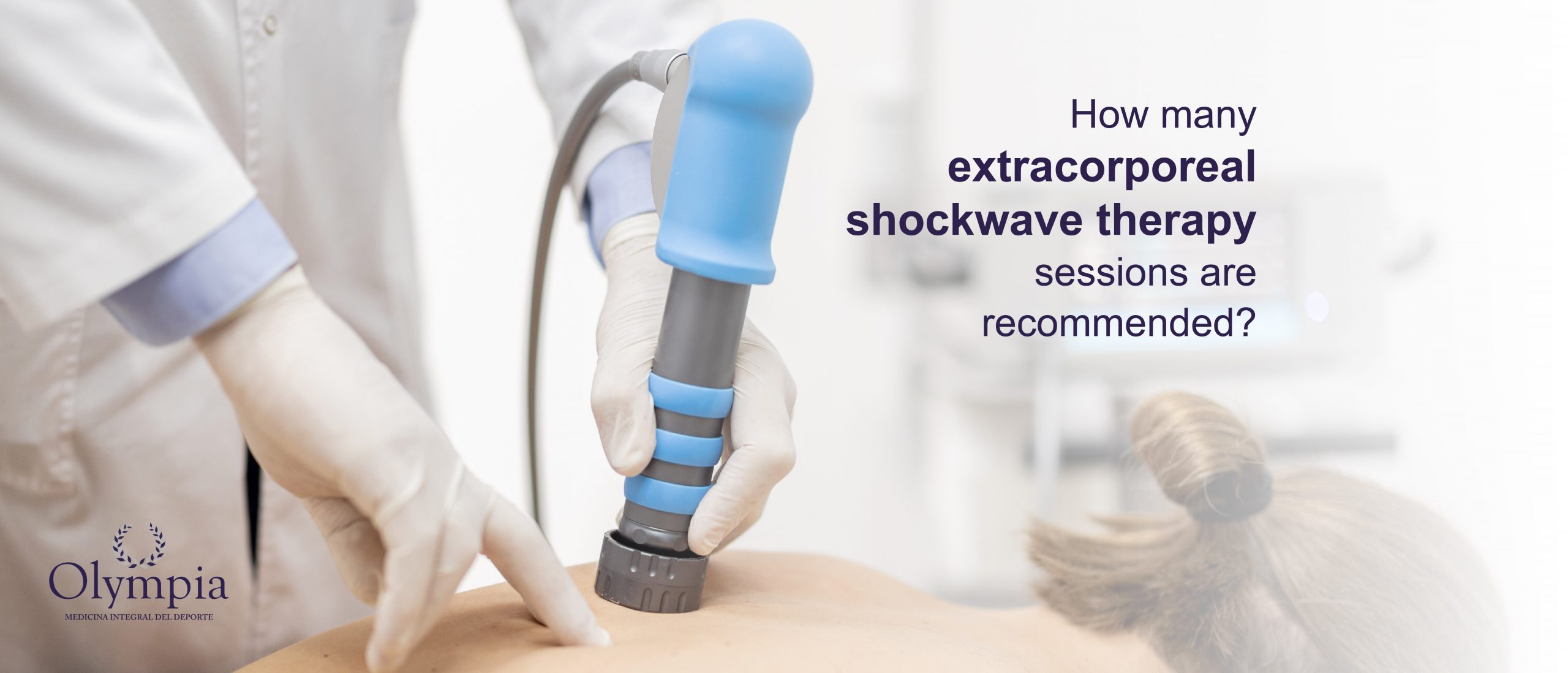
Extracorporeal Shock Wave Therapy (ESWT) is a non-invasive medical procedure that uses high-energy sound waves to treat various musculoskeletal conditions to relieve pain and initiate tissue healing. The therapy consists in applying acoustic waves to the affected area, stimulating the healing process, and reducing pain through the formation of blood vessels and collagen, and reversal of inflammation. The treatment has shown efficacy in the management of conditions such as plantar fasciitis, Achilles tendinopathy, tennis elbow, among others.
The indication for treatment varies from patient to patient, as well as the exact number of sessions required. There are factors that influence this such as:
- The severity of the musculoskeletal condition with which the patient is received, mild or early-stage conditions may require fewer sessions compared to chronic or severe cases.
- The individual response to therapy, as some people may experience significant pain relief and improved functionality after just a few sessions, while others may require additional treatments for optimal results.
- Patient-related factors such as age, gender, general health, lifestyle, and adherence to post-treatment recommendations may affect the number of sessions required.
- In some cases where the patient is receiving another treatment or therapy (such as physiotherapy or medications) it can influence the number of necessary sessions.
Although the treatment protocol used is personalized, usually the total number of sessions can vary from 3 to 6, depending on the condition and response of the patient. It is crucial to consult with a qualified medical professional experienced in this therapy to determine the optimal number of sessions for your specific condition, who through a medical evaluation and medical history will be able to determine the best plan for you.
